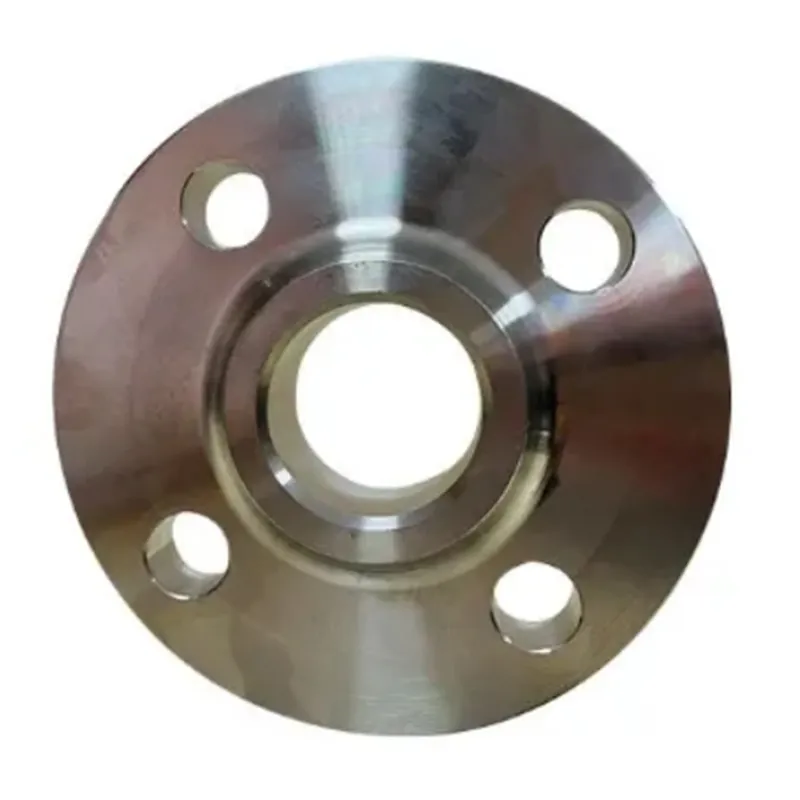-
Cangzhou Yulong Steel Co., Ltd.
-
Phone:
+86 13303177267 -
Email:
admin@ylsteelfittings.com
- English
- Arabic
- Italian
- Spanish
- Portuguese
- German
- kazakh
- Persian
- Greek
- French
- Russian
- Polish
- Thai
- Indonesian
- Vietnamese
- Zulu
- Korean
- Uzbek
- Hindi
- Serbian
- Malay
- Ukrainian
- Gujarati
- Haitian Creole
- hausa
- hawaiian
- Hebrew
- Miao
- Hungarian
- Icelandic
- igbo
- irish
- Japanese
- Javanese
- Kannada
- Khmer
- Rwandese
- Afrikaans
- Albanian
- Amharic
- Armenian
- Azerbaijani
- Basque
- Belarusian
- Bengali
- Bosnian
- Bulgarian
- Catalan
- Cebuano
- China
- China (Taiwan)
- Corsican
- Croatian
- Czech
- Danish
- Esperanto
- Estonian
- Finnish
- Frisian
- Galician
- Georgian
- Kurdish
- Kyrgyz
- Lao
- Latin
- Latvian
- Lithuanian
- Luxembourgish
- Macedonian
- Malgashi
- Malayalam
- Maltese
- Maori
- Marathi
- Mongolian
- Myanmar
- Nepali
- Norwegian
- Norwegian
- Occitan
- Pashto
- Dutch
- Punjabi
- Romanian
- Samoan
- Scottish Gaelic
- Sesotho
- Shona
- Sindhi
- Sinhala
- Slovak
- Slovenian
- Somali
- Sundanese
- Swahili
- Swedish
- Tagalog
- Tajik
- Tamil
- Tatar
- Telugu
- Turkish
- Turkmen
- Urdu
- Uighur
- Welsh
- Bantu
- Yiddish
- Yoruba

Dec . 13, 2024 09:01 Back to list
weld on pipe fittings
Understanding Weld-On Pipe Fittings
Weld-on pipe fittings are essential components in the piping and plumbing industries, designed to securely connect pipes and tubing in various applications. These fittings are specifically engineered to be welded onto the ends of pipes, ensuring a robust and leak-proof connection. In this article, we’ll explore the types of weld-on fittings, their applications, advantages, and considerations to keep in mind when using them.
Types of Weld-On Pipe Fittings
Weld-on fittings come in various shapes and sizes, each serving distinct purposes. Some common types include
1. Elbows These fittings are used to create bends in a piping system. They are available in various angles, typically 45 or 90 degrees, allowing for directional changes in the pipeline.
2. Tees A tee fitting enables a branch connection to be made in a pipeline, allowing fluid to flow either in a straight line or off at an angle.
3. Reducers Reducers are used to join pipes of different diameters. They allow for a smooth transition from a larger pipe to a smaller one, reducing turbulence and maintaining flow efficiency.
4. Caps Cap fittings are used to close off the ends of pipes, preventing leaks and offering a clean finish to a piping system.
5. Flanges While not always classified strictly as weld-on fittings, flanged connections can be bolted or welded onto pipes, providing an accessible point for maintenance or modification.
Applications of Weld-On Pipe Fittings
Weld-on pipe fittings are used in a wide array of applications across various industries, including
- Oil and Gas In this industry, pipe fittings are critical for safely transporting crude oil, natural gas, and other substances through pipelines.
- Chemical Processing Weld-on fittings ensure secure connections in systems handling corrosive or hazardous materials, allowing for streamlined operations.
- Water and Wastewater Treatment These fittings are often used in municipal water supply systems and wastewater treatment plants, where reliability is paramount.
- HVAC Systems Weld-on fittings are employed in heating, ventilation, and air conditioning systems to create a cohesive piping network
.weld on pipe fittings

Advantages of Weld-On Pipe Fittings
There are several key advantages to using weld-on pipe fittings, including
1. Durability Welded connections create a continuous seal that is less likely to fail under high pressure or extreme temperatures compared to threaded or glued fittings.
2. Leak Prevention Because they are permanently attached, welded fittings significantly reduce the risk of leaks, which is crucial in high-stakes environments.
3. Versatility Weld-on pipe fittings can be used with various materials, including stainless steel, carbon steel, and plastic, making them suitable for diverse applications.
4. Strength Welded joints are generally stronger than other types of connections, enhancing the overall integrity of the piping system.
5. Clean Installation Weld-on fittings eliminate the need for bulky clamps or brackets, providing a more streamlined and aesthetically pleasing installation.
Considerations When Using Weld-On Pipe Fittings
While weld-on pipe fittings offer numerous benefits, there are considerations to keep in mind
- Skill Level Welding requires a certain level of expertise. Proper training and experience are necessary to ensure high-quality welds that can withstand operational stresses.
- Equipment The welding process necessitates specialized equipment, which may represent an initial investment.
- Material Compatibility When selecting fittings, it is crucial to ensure the materials are compatible with the media being transported to prevent corrosion or degradation.
- Regulatory Compliance Depending on the industry, there may be regulatory standards governing the use of pipe fittings. Always ensure that installations comply with local codes and standards.
Conclusion
Weld-on pipe fittings are an integral part of modern piping systems, providing a durable, robust, and efficient means of connecting pipes across various industries. With their versatility and strength, they play a pivotal role in ensuring the reliability and safety of fluid transport. However, proper installation practices and consideration of material compatibility are essential for optimal performance and longevity. As industries continue to grow and evolve, weld-on fittings will undoubtedly remain a staple in engineering and construction projects worldwide.
Latest news
-
ANSI 150P SS304 SO FLANGE
NewsFeb.14,2025
-
ASTM A333GR6 STEEL PIPE
NewsJan.20,2025
-
ANSI B16.5 WELDING NECK FLANGE
NewsJan.15,2026
-
ANSI B16.5 SLIP-ON FLANGE
NewsApr.19,2024
-
SABS 1123 FLANGE
NewsJan.15,2025
-
DIN86044 PLATE FLANGE
NewsApr.19,2024
-
DIN2527 BLIND FLANGE
NewsApr.12,2024
-
JIS B2311 Butt-Welding Fittings LR/SR 45°/90° /180°Seamless/Weld
NewsApr.23,2024











